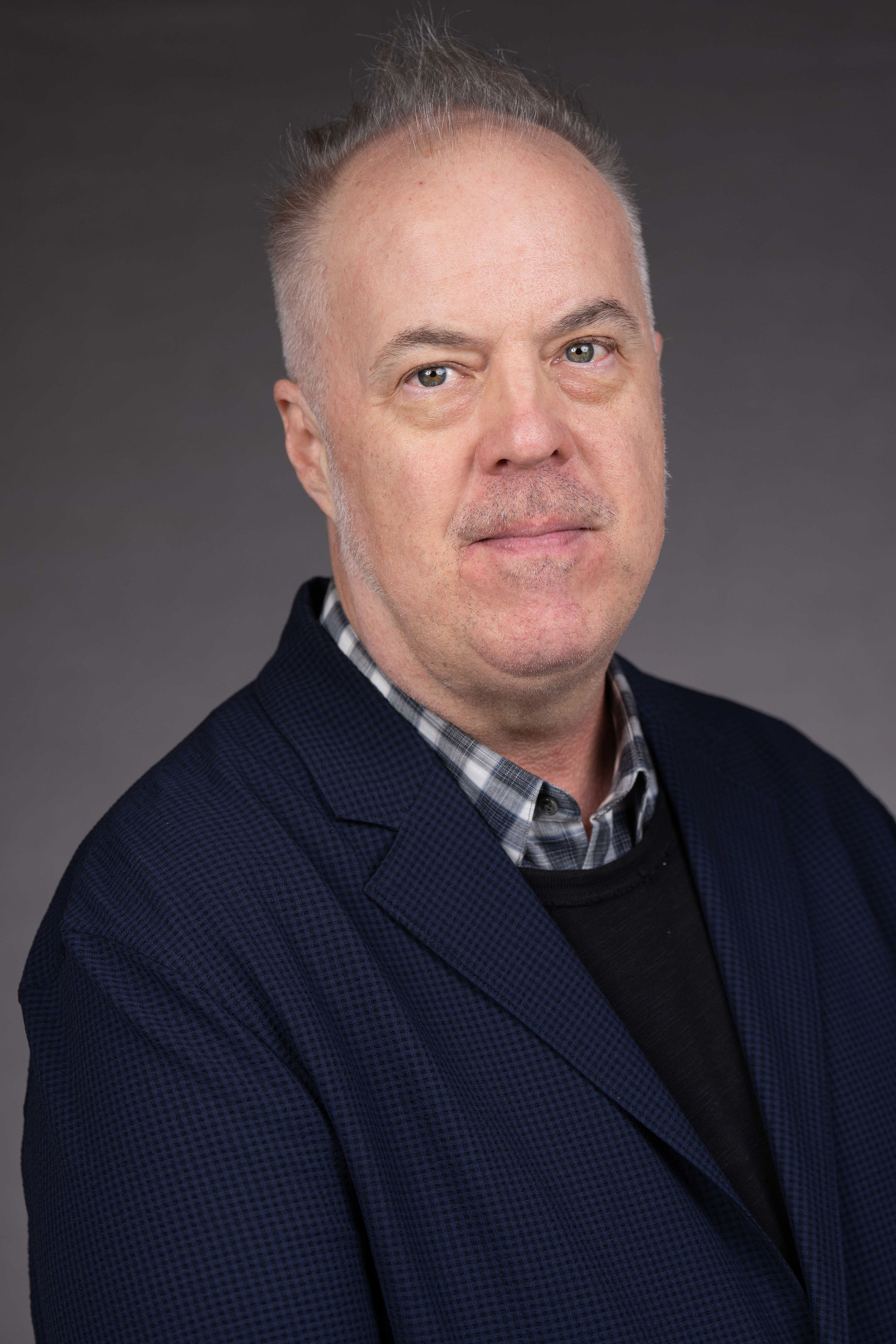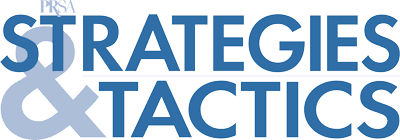Gold Anvil Award: Grace Leong, MBA, APR, Fellow PRSA
By John Elsasser
November-December 2025
For Grace T. Leong, MBA, APR, Fellow PRSA, CEO of HUNTER and recipient of the 2025 PRSA Gold Anvil Award on Oct. 28 at ICON 2025, public relations has always been more than a profession — it’s been a lifelong calling.
From her early inspiration as a PRSSA student at the University of Delaware to her decades-long leadership at HUNTER, Leong’s journey reflects a deep belief in communications as a force for change, connection and purpose.
In an interview, Leong reflected on the lessons learned from her mentor and first (and only) boss, trailblazing PR executive Barbara Hunter, APR, Fellow PRSA, and how that experience continues to shape her philosophy as a leader, mentor and communicator.
In a LinkedIn post, you said that you first learned of Barbara Hunter in a textbook. Can you tell us about the first time you met her as a recent college graduate? She turned out to be your one and only boss. What did you learn from her, and how did she inform your own leadership style as HUNTER’s CEO?
I read about Barbara Hunter and her sister Jean in my intro to PR textbook and was fascinated by her story of being the first woman and part of a “sister duo” to purchase a major PR firm (Dudley-Anderson-Yutzy) and build it into a national powerhouse. Her story was just so remarkable, courageous and inspiring.
It was kismet that, upon graduation from the University of Delaware, I was named the first “Hal Kierce Award” winner for the Class of 1988 — an award Barbara helped establish in honor of a longtime D-A-Y employee who passed away suddenly.
Winning this award brought me one step closer to meeting Barbara and securing an interview at her firm. I eventually landed an entry-level position on her team at D-A-Y, which serviced the TABASCO account — a client that followed Barbara to HUNTER when she founded the agency in 1989 and remains with us 36 years later.
Having a female boss since day one has had a profound impact on my career and my life. Barbara’s example of being a multidimensional person — a mother, a business owner and leader of a major firm with hundreds of employees — proved to me that anything is possible if you show up informed, operate with integrity and lead with a service mindset.
Barbara never took credit for success without recognizing the people around her — her sister and business partner, Jean Schoonover, and her husband, Austin Hunter, who was a stay-at-home dad long before it was common. That spirit of partnership is something I’ve carried into my own leadership at HUNTER.
I’ve been fortunate to have incredible colleagues — Jon Lyon, Jason Winocour, Gigi Russo, Mark Newman, Samara Mormar and Donetta Allen — who’ve worked by my side for decades, helping to build our firm’s reputation and success.
I met Barbara in person on my first day at D-A-Y in September 1988. She had a commanding presence — nearly six feet tall, seated behind a large wooden desk in her skyscraper office. I remember feeling intimidated until she walked over later that day to my cubicle with an assignment.
Instead of delegating through a supervisor, she explained the work to me directly, with care and clarity. She thanked me for joining the team — and in that small but powerful moment, I understood what great leadership looked like.
From that day on, I knew the woman from my textbook was real — and extraordinary. Barbara became not just my boss but one of the three women who shaped my life, alongside my mother, Patricia Thompson, and grandmother, Helen Ryan.
Barbara embodied mentorship in every way — sharing expertise, encouragement and example. I’ve tried to follow that model: being a visible, active leader who shows up daily, supports people in their journeys and balances family and work as a mother of four. Leadership isn’t easy — it requires long hours, transparency and sacrifice — but it’s deeply rewarding when approached with honesty and purpose.
And yes, Barbara’s desk still sits proudly in HUNTER’s lobby at One World Trade Center, where it serves as a daily reminder of her legacy. Though she passed away at age 97 last December, her presence looms large within our culture — a constant source of integrity, creativity and inspiration.
When I’m asked for career advice, I often cite an old New York Lottery slogan: “You’ve got to be in it to win it.” That’s my philosophy for building a career and a life. The more you put in, the more you get out. Be present, get involved and you’ll find success — and community — in return. PRSA and PRSSA have given me both, along with friendships and mentors who have supported me since day one.
I chose communications as my career because I believe it’s the best tool we have to solve problems and bring people together. That’s been my life’s work — proving that great communication can make anything possible.
Full Circle Moments and Career Reflections
While at the University of Delaware, you served as president of the PRSSA Chapter. At what point did you know that PR and communications was the career for you?
My interest in pursuing a career in public relations came during the semester when I was enrolled in both an entry-level journalism and an entry-level PR course. Both were taught by professors who were also practitioners — the late Chuck Stone, and Dr. Priscilla Murphy.
I loved everything about those classes... Through their teaching, I knew I had found my purpose and committed to doing anything I could to become a communications professional.
You began as a PRSSA student honored with the Gold Key Award in 1988. What does receiving PRSA’s Gold Anvil in 2025 mean to you?
I began as a PRSSA student honored to receive the Gold Key Award in 1988. To be standing here decades later receiving PRSA’s Gold Anvil feels profoundly full circle. PRSA has given me mentorship, fellowship and community — and it has made all the difference.
If you could go back and give yourself one piece of advice as a new professional, what would it be?
Learn how to accept the daily disappointments that are just a part of your work life. In the long run of a career, there will only be four or five major setbacks or pivots. Don’t confuse daily challenges with the big ones. Consider the daily disappointments “exposure therapy” — opportunities to build courage, grit and resilience.
At ICON 2025, Leong talked about what receiving the Gold Anvil meant to her:



